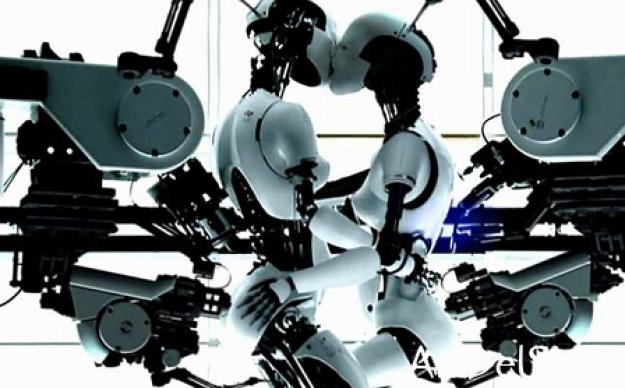machine church
machine church
ASSIGNMENT
The assignment for this year is the design of a machine church. The aim is to communicate faith in technology through the design of a building. The building will enchant, delight, elevate, captivate its users, however never try to indoctrinate or postulate a specific dogma. This building is not a museum, nor is it a scientific laboratory.
Term one will start with a design exercise. Ignoring (for the time being) any type of analysis, you will intuitively design a first prototype, which you will then reiteratively develop and improve.
In term two you will the engage with the topic in an analytical manner and test and investigate your designwork. You will then apply this analysis to your design and thus arrive at a final building design.
INTRODUCTION
Towards the end of the 18th century Johann Wolfgang von Goethe and Friedrich Heinrich Jacobi exchange views on the theme of faith. Goethe resents his friend’s opinion that questions of faith can only relate to a god.
Jacobi believes that faith is a fundamental idea(l), which – as humans - we can never do without, neither in domains of knowledge and truth, nor in other areas of life. Knowledge which is not rooted in faith soon be-comes unsustainable and will disappear. Rüdiger Safranzki calls Jacobi’s definition of faith “trust“: “Jacobis Philosophie ist ein Versuch, den Glauben als die Grundlage für Erfahrung, Wissen und Denken auszuweisen.“
The vitality and power of faith can be found in a multitude of examples. In the history of architecture, church-es gave expression to the idea Safranzki formulates. For centuries, humans have built churches as spaces which internalise this power. Structurally, creatively, and artistically, churches continue to amaze and impress patrons, the faithful but also often the faithless. Martin Heidegger writes that god in being felt as present in a temple necessitates the temple; as a physical structure the temple gives space and rise to all orders of life and indeed is an integral part of human exist-ence, sociocultural, experiential, and intellectual. The physical realm of the temple indeed situates and an-chors faith: “By means of the temple, the god is present in the temple. This presence of the god is in itself the extension and delimitation of the precinct as a holy precinct. The temple and its precinct, however, do not fade into the indefinite. It is the temple-work that fits together and at the same time gathers around itself the unity of those paths and relations in which birth and death, disaster and blessing, victory and disgrace, en-durance ad decline acquire the shape of destiny for human being.“
In the age of the natural sciences and indeed the humanities the former faith in religion is fading and is being replaced by faith in technology. Following Jacobi’s definition we no longer trust in god but in technology and technological progress. In his book Aufschreibesysteme Friedrich Kittler examines interpretation as a mode of investigation. Interpreta-tion as an investigative tool in the humanities (which architecture is part of) can help us understand this shift in structures and objects of faith, why this is happening, what it may mean. Kittler’s concept of psychophysics connects the question of how intellectual movements are triggered by technological innovations and by their application in the invention of new communication media. We can observe that as a society and as individuals we humans are integrating machines – physical and virtual - into their lives and ontology. The marvels of modern technology fire humankind’s imagination and are thus changing our understanding and appropriation of the world and structures of faith.
Ways in which humans appropriate the world regarding questions of faith are often connected to the term mysticism. Interestingly, within our culture mysticism is most closely associated with forms of spirituality and ephemeral qualities, although at their pinnacle both are innately tied to body practices and engagement with physical objects in ritualised structures of worship and taking place in designated spaces of worship. The de-sire expressed through such ritualised mysticism of course hinges on a quest for truth and sanctuary in the sense of affirmation and care. The possession of truth for example, can thus be seen as dependent on own-ership of physical “cult objects” or talismans.
The question is, in the age of technology and new cult objects, what types of spaces will take the role of houses of worship? What are these new churches?
Are there machine churches?
Gibt es Maschinenkirchen?


